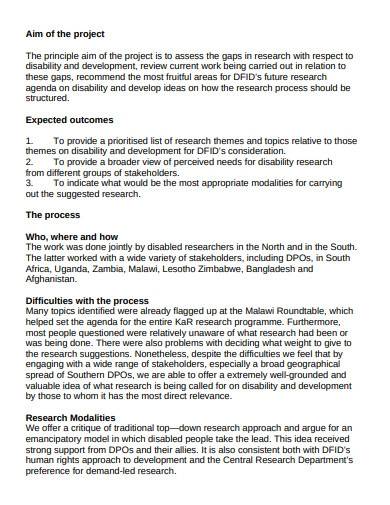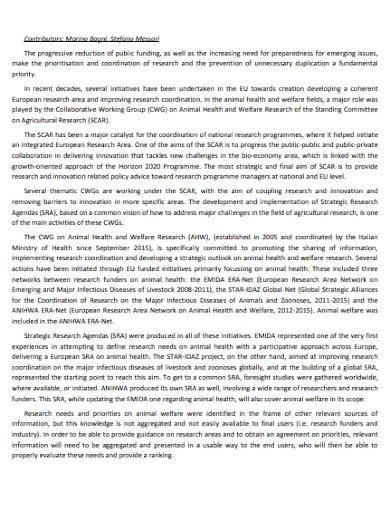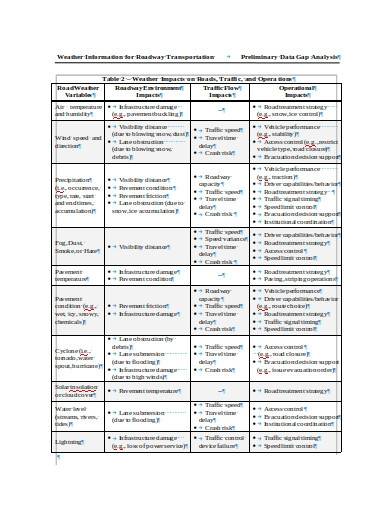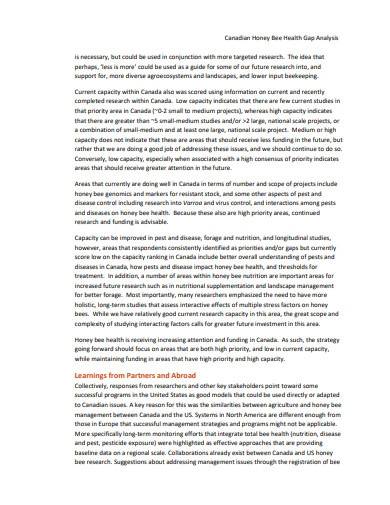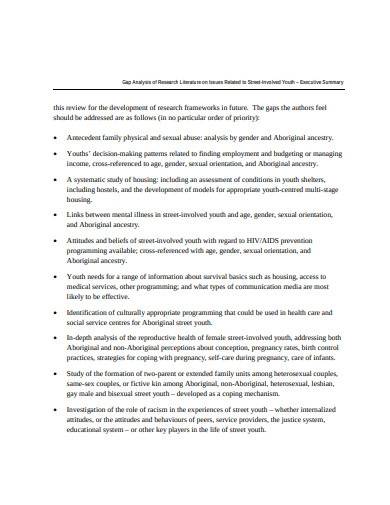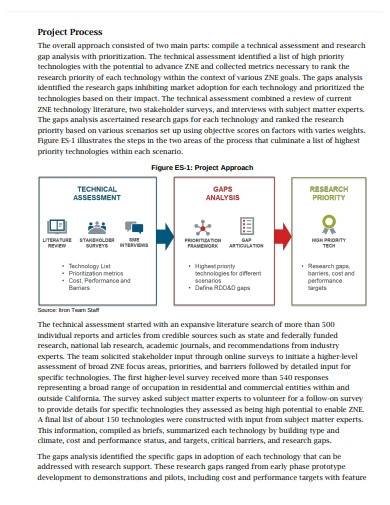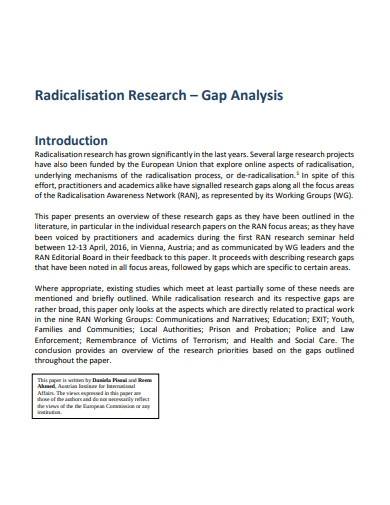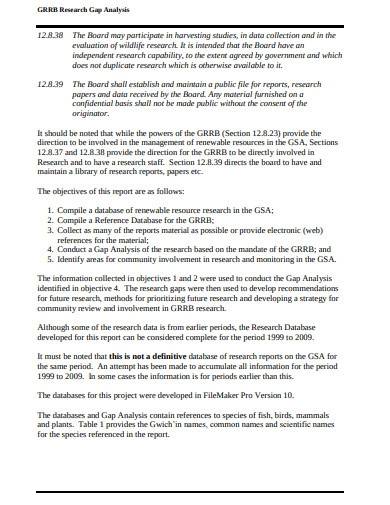The process of conducting a research gap analysis sample typically involves existing literature review samples, case study sample, and research papers in a particular field. Researchers will look for patterns and identify areas where there is a lack of research or where previous studies have not provided enough information. This allows them to identify areas where new research framework sample could contribute to the advancement of knowledge and understanding in that field.
FREE 10+ Research Gap Analysis Samples & Templates
1. Research Gap Analysis Template
2. Animal Research Gap Analysis
3. Sample Research Gap Analysis
4. Market Research Gap Analysis
5. Honey Bee Health Gap Analysis
6. Customer Satisfaction Research Gap Analysis
7. Professional Research Gap Analysis
8. Sample Energy Research Gap Analysis
9. Standard Research Gap Analysis
10. Environmental Research Gap Analysis
11. Sample Research Gap Analysis Template
What is Research Gap Analysis?
Research Gap Analysis is a process in which researchers identify the existing gaps or limitations in a particular field of study or area of research. The purpose of conducting a research gap analysis is to identify opportunity problem statement for new research or to find areas that have not been adequately explored.
How To Make a Research Gap Analysis?
A research gap analysis can be conducted in various ways, including qualitative research proposal and quantitative problem statement, and may involve interview analysis report, survey samples, and focus groups. The results of a research gap analysis can be used by researchers to identify new research questions, hypotheses, and objectives, and to prioritize areas for future research. To conduct a research gap analysis, you can follow these steps:
Step 1- Identify Research Area
Define the research area you want to study and the scope of your analysis. This will help you determine which literature and studies to include in your analysis. Conduct an extensive review of the existing literature and studies in your research area. This includes reviewing articles, conference papers, books, and any other relevant sources.
Step 2- Identify Patterns
As you review the literature, look for patterns and themes in the research that has been conducted. Make a note of what has been studied, what methods were used, and what the results were.
Step 3- Identify and Evaluate Gaps
Based on your literature review, identify areas where there is a lack of research or where previous studies have not provided enough information. These areas represent potential gaps in the literature. Evaluate the significance of the gap in terms of its potential impact on the field of study and the potential for new research to advance knowledge in the area.
Step 4- Develop Research Question
Based on the gaps you have identified, develop research questions that aim to address those gaps. These research questions should be specific, measurable, and relevant to the research area.
How does a research gap analysis contribute to the advancement of knowledge in a field?
A research gap analysis helps researchers identify areas where more research is needed in order to improve understanding and advance knowledge in a particular field. By identifying areas where there is a lack of research or where previous studies have not provided enough information, researchers can develop new research questions, hypotheses, and objectives, and prioritize areas for future research.
How often should a research gap analysis be conducted?
The frequency of conducting a research gap analysis depends on the pace of research and advancement in the field.
What is the purpose of conducting a research gap analysis?
The purpose of conducting a research gap analysis is to identify areas where there is a lack of research or where previous studies have not provided enough information. This allows researchers to identify opportunities for new research that can contribute to the advancement of knowledge and understanding in a particular field.
Overall, the goal of a research gap analysis is to identify areas where more research is needed in order to improve understanding and advance knowledge in a particular field.
Related Posts
FREE 10+ Concurrent Validity Samples & Templates in MS Word | PDF
FREE 10+ Resource Tracking Samples & Templates in MS Word | PDF
FREE 4+ Clinical Case Study Samples & Templates in PDF
FREE 10+ Content Validity Samples & Templates in PDF
FREE 10+ Construct Validity Samples & Templates in MS Word | PDF
FREE 10+ Code of Human Research Ethics Samples & Templates in MS Word | PDF
FREE 10+ Biography Research Report Samples and Templates in PDF
FREE 10+ System Documentation Samples & Templates in MS Word | PDF
FREE 10+ Process Document Samples & Templates in MS Word | PDF
FREE 10+ Action Research Samples & Templates in PDF
FREE 10+ Longitudinal Research Samples & Templates in PDF | MS Word
FREE 10+ Causal Research Samples & Templates in MS Word | PDF
FREE 10+ Client Discovery Samples & Templates in MS Word | PDF
FREE 10+ Null Hypothesis Samples & Templates in MS Word | PDF
FREE 9+ Product Knowledge Samples & Templates in PDF

